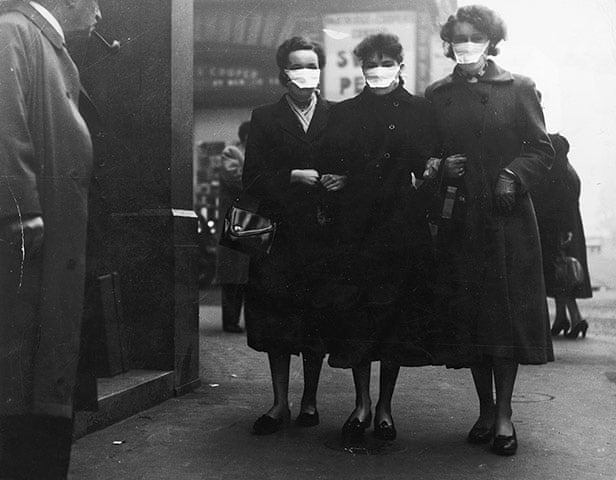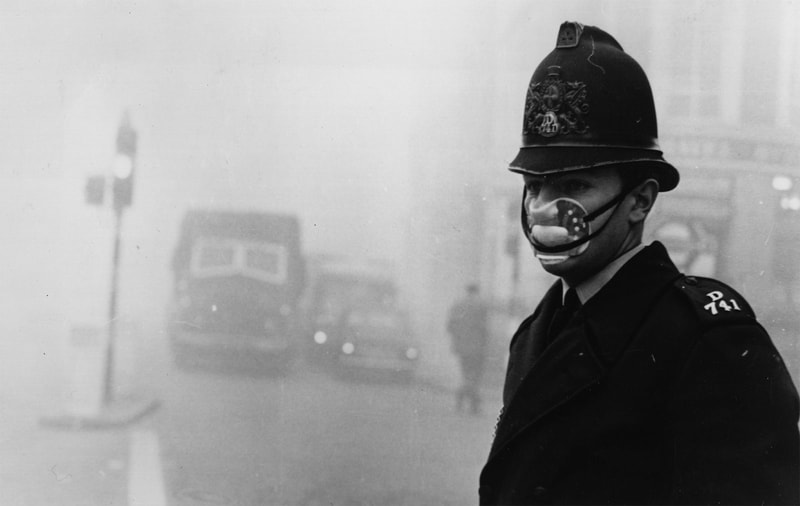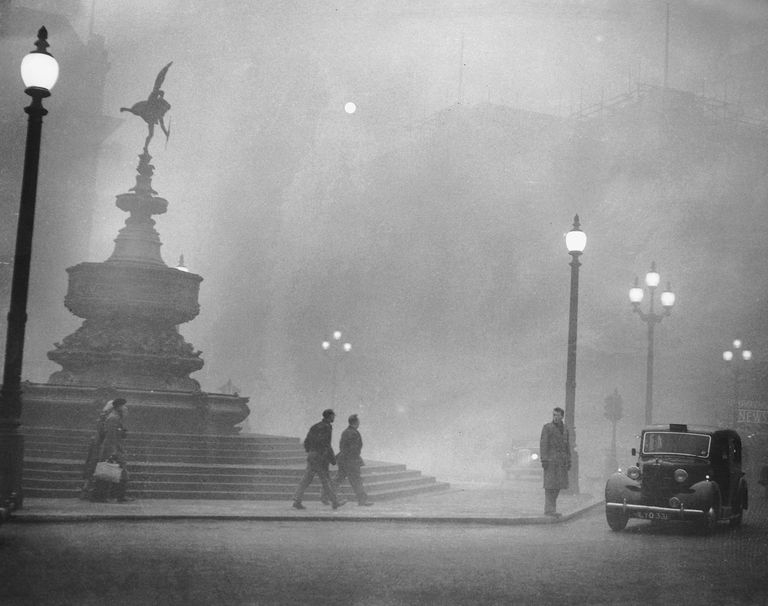|
For nearly 100 years, Libby, Montana, prospered through the vermiculite mining industry. That all changed in 1999, when the EPA was finally brought in after years of pleas from citizens and the media to help fix the tragedy that was devastating the small town. Though that was over 20 years ago, the town still suffers from the deadly illness that plagued them for decades. The disaster Miners first discovered vermiculite in Libby in the late 1800s, but it wasn't until the 1920s that the Zolonite Company began mining the substance. The mines were purchased by W.R. Grace in 1963, and the town produced 80% of the world's vermiculite, which is used in insulation and as a soil conditioner. The mining created an explosion in jobs for Libby, but the vermiculite deep below the surface resided with another highly toxic substance -- asbestos. When naturally-occuring asbestos is disturbed, it is released into the air as millions of microscopic needle-like strands. These strands settled over the community and worked their way into people's lungs, where it is impossible to get them out. The community was blissfully unaware that they were not breathing in clean Montana air, but instead inhaling toxic chemicals. The miners were not the only ones affected by the deadly dust -- their wives who shook off their dust-covered coats; their children who clung to their legs as they entered the home after work; and the majority of the citizens who used playgrounds, backyards, and roads, as W.R. Grace had donated leftover vermiculite to these and many more locations. A fight for justice Prosecutors sought to prove that W.R. Grace knew that they were killing miners and poisoning the town. Shockingly, though, in 2009, the company received an acquittal of charges that they knowingly harmed people. After mounting citizen, government, and media concern, the EPA began investigations. A year later, the town was put on the Superfund Program's National Priorities List, and workers were put in Libby to identify the contamination sources and begin cleanup. The cleanup project was one of the EPA's biggest ever -- over 3,000 sites were cleaned, a million cubic yards of dirt and other materials were replaced, and over $600 million of federal money was spent. Health effects: "I don't think we'll see the last of these until 2030 and maybe longer" The cleanup was completed in 2018, but there is still much work to be done. Thousands of Libby residents and W.R. Grace mine workers have filed lawsuits against the state for failing to warn them about the dangerous levels of asbestos. Hundreds of residents are still suffering from respiratory diseases brought on by the chemicals, and while the amount of people being diagnosed is slowing down, it shows no signs of stopping. Asbestos-related cancers have a long latency period -- 20-50 years. During W.R. Grace's trial, pulmonologist Dr. Alan Whitehouse stated "I don't think we'll see the last of these until 2030 and maybe longer." Reports published on the respiratory diseases diagnosed since this incident have come to a similar conclusion. Libby's death rate from asbestos and respiratory diseases is 40-60x the national rate. Hundreds in the town have passed away, and more will continue to die. As different as it may seem from other disasters, Libby's environmental catastrophe has many things in common with them. Human greed caused this disaster, and reinforces Mao Zedong's misinformed quote from a previous post -- "Make the high mountain bow its head, make the river yield the way." This disaster, as nearly all the others, have shown that nature is a force to be reckoned with, and is best left alone.
0 Comments
London is naturally a dreary, rainy city. But what happens when their usual fog turns deadly, killing thousands of citizens and animals? This article explores the 1952 phenomenon known as the Great Smog. The beginning The start of the smog was not unusual for the city, and people went about their day mostly unbothered. However, the noxious skies soon became difficult to ignore. The fog had turned a sickly shade of yellow-brown from mixing with the soot produced by factories and automobiles. To make matters worse, a high-pressure weather system had stalled across southern England, leading to a temperature inversion (where a layer of warm air far above the surface traps cold air at ground level). This inversion prevented London's sulfur-filled coal smoke from rising, and the 30-mile wide toxic cloud loomed over the city. As the smog settled Many residents were unable to see their own feet as the dense smog settled across London. Train systems shut down, except for the London Underground. Drivers, unable to see the road ahead of them, abandoned their cars on the streets. Black ooze coated the side walks, and as pedestrians returned home they resembled coal miners. Crime increased, as criminals could easily vanish into the darkness without a trace. As the days passed, the smog seeped into buildings as well -- nowhere was safe. Health effects This catastrophic event had many detrimental health effects to Londoners. The toxic smog was lethal, especially to children, the elderly, and heavy smokers who already had weakened lungs. Deaths from bronchitis, pneumonia, and other respiratory conditions increased drastically. Though the smog passed within five days, the death rate did not go down until the summer of 1953. Experts estimate that the smog claimed at least 12,000 lives. The effects weren't just limited to humans. Unable to see, birds crashed into buildings and prized show cattle choked to death. Response The British government was initially hesitant to respond to the crisis, as they believed heavy fog was a common occurence. After an investigation, though, Parliament passed the Clean Air Act of 1956. This restricted the burning of coal in urban areas and allowed local councils to establish smoke-free zones. Homeowners received incentives to switch to an alternative heating system from coal. This act was considered a major step forward for environmentalism, and has helped improve public health in England's cities. Image credits: Terry Fincher/Getty Images (left, middle) & Hulton Archive (right)
|
What is this?This column looks back at past environmental disasters to see what went wrong and how it can affect our future. Archives |



